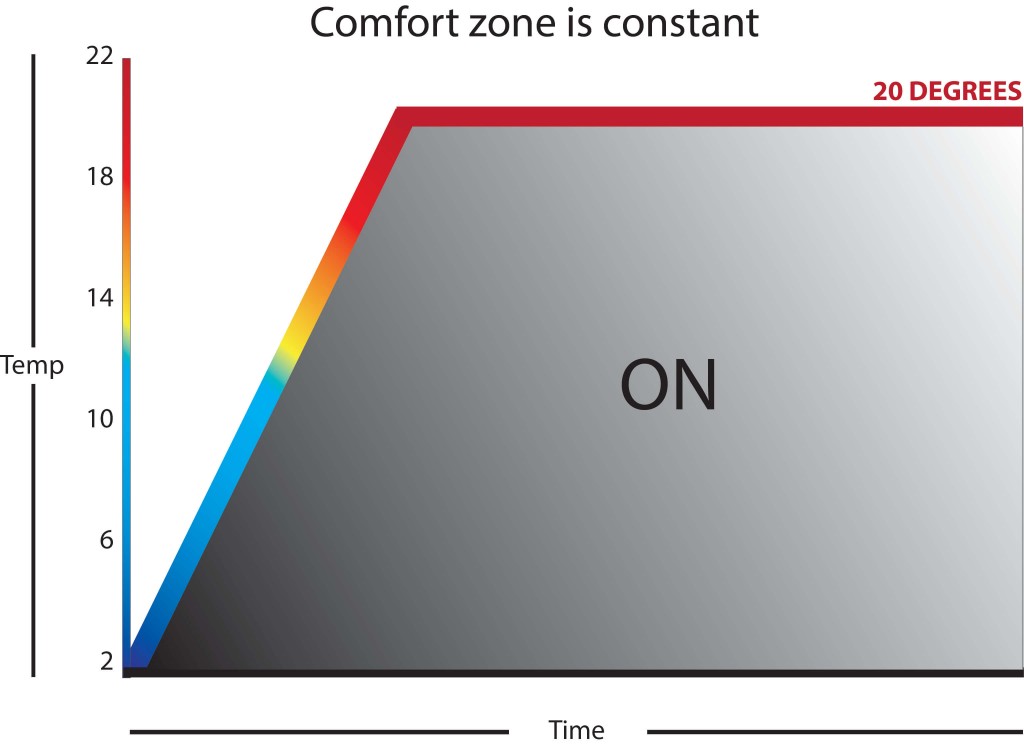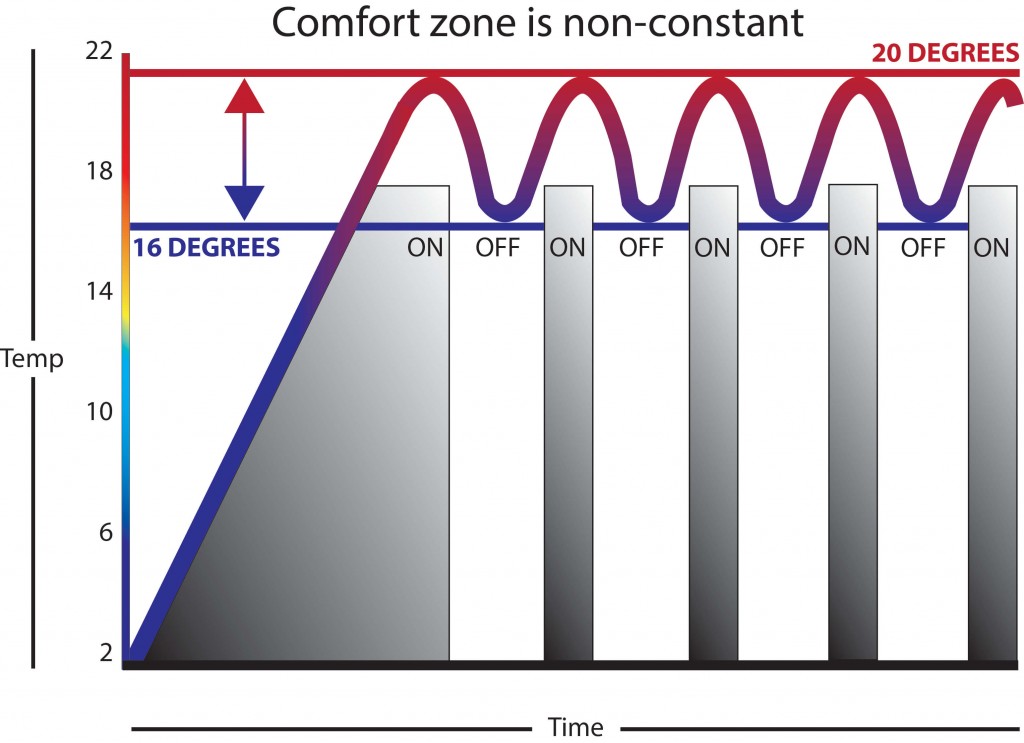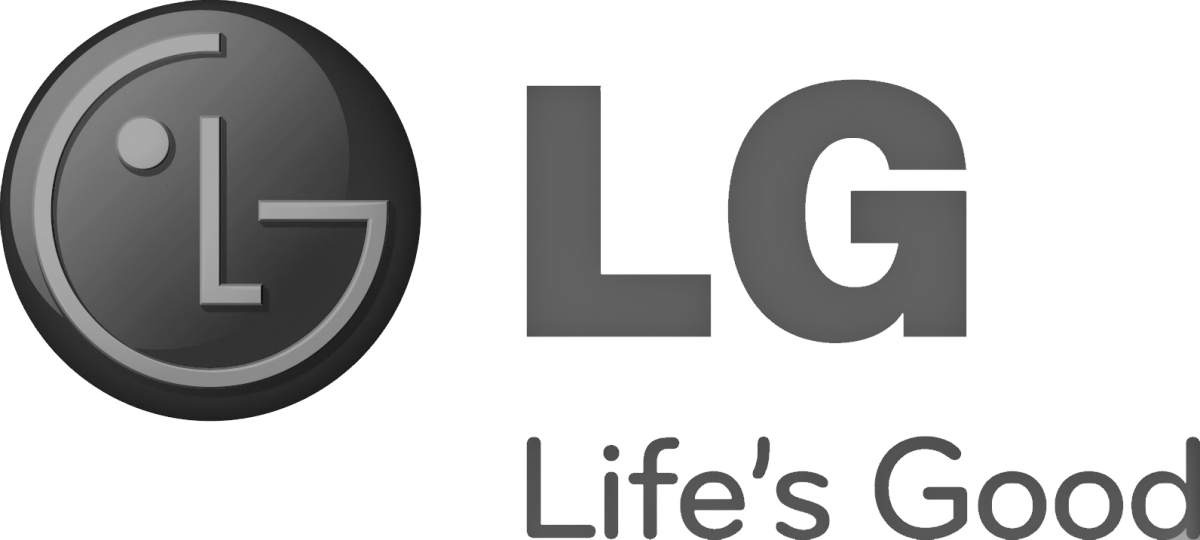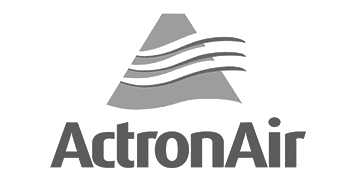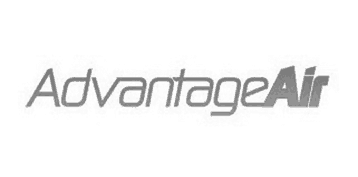Today
38°
Tue
19°
Wed
25°
Thu
27°
Fri
29°
Sat
27°
Air Conditioning Inverter Technology Explained Simply
Thursday, 18th August, 2016
Inverter Technology refers to the compressor within the outdoor unit of the air conditioner. The two most common types of compressors are the fixed speed compressor and the variable speed (inverter) compressor. The fixed speed will run at 100% of its capacity and will stop and start automatically to maintain the desired temperature. An inverter compressor will vary its speed in order to maintain a consistent temperature.
As an example, think of an inverter (variable speed) air conditioner in terms of a car engine. You put your foot on the accelerator and go faster until you reach the desired speed. Once there, you try to stay at that speed with fluctuations like hills and road surfaces making you accelerate more or less determining how much petrol is being used, a lot like cruise control for highway driving with no traffic.
How Inverter Air Conditioners Work
Inverter air conditioners work the same way. For the desired temperature, the air conditioner speeds up or slows down adjusting its output accordingly to compensate for changes in temperature throughout the day. This works for both heating and cooling modes of air conditioning. The inverter air conditioning system is constantly trying to keep the power required, to a minimum.
This graph shows how inverter air conditioners work. They convert the AC power into DC to all the control of the outdoor unit compressor speed. This gives the unit better accuracy to provide a constant temperature and less energy wastage.
Inverter units are
- More powerful
- Much more reliable in extreme heat that Queenslanders face every summer.
- More comfortable
- No fluctuations in room temperature, so you won’t get too hot or too cold.
- Generally quieter operation than non-inverters.
- More efficient
- Can save up to 30% saving in electricity bills plus a longer lifespan is possible as inverter systems go through less wear and tear.
How Non-inverter Air Conditioning Units Work
A fixed speed (conventional) air conditioner has a costly way of reaching the desired temperature. In relation to a car engine, you would put your foot down hard on the accelerator and then take your foot off coming to a stop, then putting your foot down again in constant repetition.
This costs a lot of money in petrol and could be compared to city driving or driving in heavy traffic on the M1 all day, every day.
Non-inverter air conditioners follow suit. As the diagram suggests, after the initial temperature is selected and the air conditioner is turned on, the unit will work hard to get to your desired temperature then switch off when it reaches its goal.
When the unit senses that temperature has changed more than 4°, it will turn back on again, constantly repeating this throughout the day, making the system work very hard to regain the desired temperature.
With a global shift to be more efficient with every aspect of consuming power, non-inverter units will eventually be phased out with only inverter units available. Spending money on a type of system that costs a fortune to operate and will become obsolete is a waste of money and energy resources.
Purchasing a high-efficiency inverter air conditioning is highly recommended as the ultimate in air conditioner technology. When summer hits and its 38°, the last thing you want to be doing is avoiding turning the air conditioner on because it’s going to cost you too much money to run.
We can offer you the best in inverter technology. Give us a call so we can run through some options with you and provide a proposal on 07 3395 7633 or email sales@qualityac.com.au and we will respond back to you ASAP.
Share
Categories

